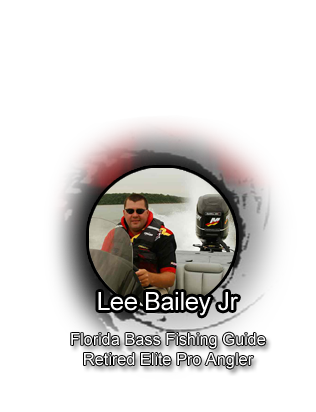Frogging for bass is arguably one of the most thrilling ways to catch a bass. Hollow body frog fishing combines the adrenaline rush of an explosive topwater bite with the physical nature of grass fishing. Frogs are one of the most weedless baits on the market. The hollow body frog is an indispensable tool for tournament anglers. This is the best way to try to access big fish in heavy cover. Frogs are also a great option for novice topwater anglers who don’t want to constantly worry about snagging.

A combative brand of fishing unrivaled in terms of excitement and big bass attraction. The frog bite starts to heat up in the spring. But gets better as the days become longer in the summer.
Hollow body frogs don’t only imitate amphibians
Vegetation and fishing pressure grow in the summer months. Bass will start to miss your frog, blowing up just behind it, or struggling to penetrate through dense mats. To stack the odds back in your favor, you can make a couple of small adjustments to your frog. Helping boost hook-up ratios and pique interest. If the cover allows, try slightly bending your hooks up and out with pliers to help improve your hook-up ratio. A frogs hook points should be angled away from the plastic body. This gives the frog a better chance of burying into the mouth of the fish. Some anglers will even go as far as adding a stinger hook if the fish are swiping at it.
A heavier frog will sit deeper in the mat and is less likely to move when fish strike. To increase the weight, try removing the hook and inserting small weights into the hollow body cavity. Not only will it help boost your hook-up ratio around thick mats, but it will also extend your casting distance. To set your frog apart from the competitors, try adding an acoustic element of attraction by inserting a small glass rattle into the body. Create a pop of color and scent with some dippin’ dye.
Frogging for bass with a heavier frog will sit it deeper in the mat

Popping, walking, buzzing, and pointed nose hollow body frogs provide anglers with different actions. There are shapes that make them better suited for fishing different types of cover and retrieve styles. If you’re fishing targeted pieces of cover, walking frogs are a great option. They can be worked in place to help keep you in the strike zone longer. Alternatively, if you need to cover water around sparse cover or along the edges of grass lines. I would choose a buzzing or popping frog. They offer more efficiency as the action is created by reeling, twitching, and moving the frog across the surface. In extremely matted vegetation standard or pointed nose hollow body frogs may be the best option. The cupped mouth of a popping frog or legs of a buzzing frog could have a tendency to hang up.
Frogging for bass is explosive whether you’re methodically crawling a frog over mats, popping it along a tule berm, or walking it in open water, you can’t help but feel the anticipation of being a split second away from a new personal best! The hollow body frog presents a substantial meal for large opportunistic fish making them a must-have for any angler’s bass fishing arsenal. Pair a hot summer day with emergent vegetation and you could be in for some of the most exciting topwater fishing that can be had all year!







